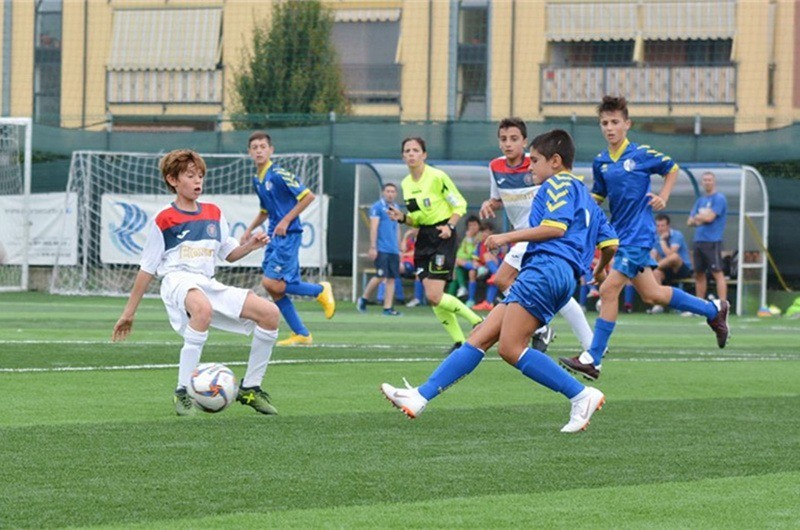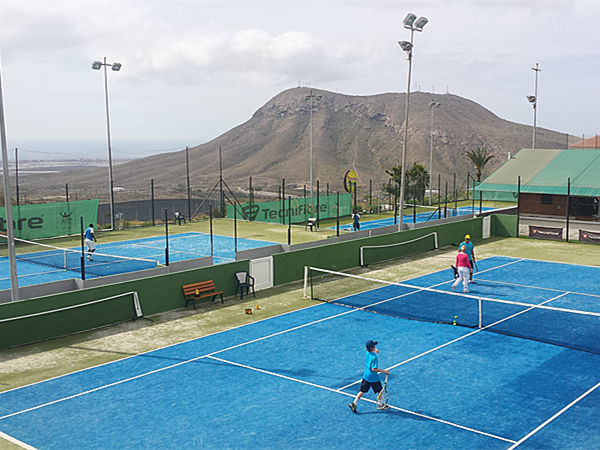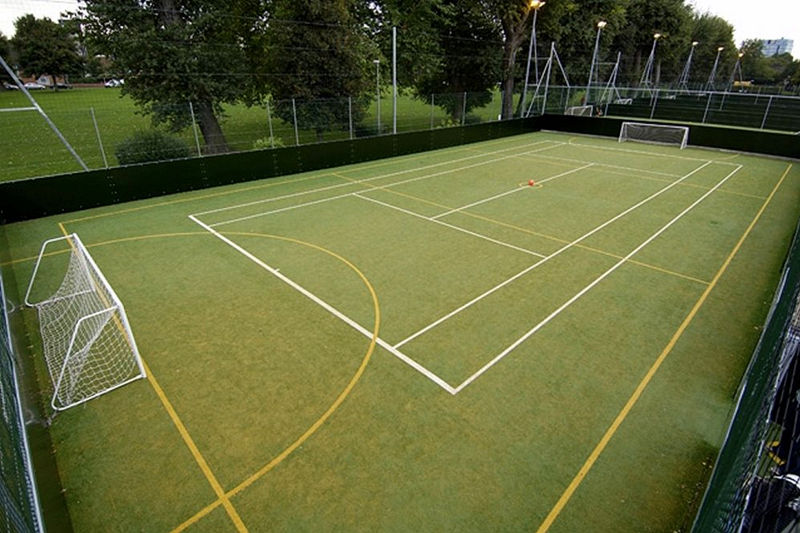Artificial grass has become a popular choice for residential and commercial landscapes due to its low maintenance and natural appearance. Understanding the key components of an artificial grass system is essential for choosing the right materials and ensuring optimal performance. In this article, we will explore the primary components, including fibers and backing, as well as the additional components of infill and shock pad.
Table of Contents
Artificial Turf Fiber:
Fibers are the blades that make up the visible surface of the artificial grass. They play a crucial role in determining the appearance, durability, and functionality of the turf. Here are three types of fibers commonly used:
a) Monofilament Yarn:
Monofilament yarn is a single-strand fiber that provides excellent resilience, durability, and a natural appearance. Its extruded design allows for different cross-sectional shapes, such as diamond, c-shape, s-shape, v-shape, w-shape, and more. Monofilament yarns are known for their realistic look and performance.
b) Fibrillated Blade:
Fibrillated yarns are slit-film fibers cut from polymer sheets and then perforated. These yarns offer strength, resilience, and are often used for their durability in high-traffic areas. They provide good coverage and can withstand heavy use.
c) Texturized or “Thatch” Yarns:
Texturized or “thatch” yarns are designed to add a layer of realism to artificial turf. These yarns have textured surfaces that replicate the look and feel of natural grass. They provide enhanced visual depth and improve traction, making the turf appear more natural and improving overall performance.
Artificial Turf Backing:
Backing is the material that holds the fibers in place and provides stability to the artificial grass system. Two commonly used backing options are:
a) SBR Backing:
SBR (Styrene-Butadiene Rubber) backing is a traditional choice for artificial grass systems. It offers good stability and durability. However, it may have limited resistance to extreme weather conditions and may require proper maintenance to prevent deterioration.
b) PU Coated Backing:
PU (Polyurethane) coated backing is a newer and more advanced option. It provides superior tear resistance, stability, and longevity. Polyurethane coating evenly penetrates the fibers, resulting in enhanced durability and performance. PU coated backing is an excellent choice for areas with heavy foot traffic and harsh weather conditions.

The Additional Components:
In addition to fibers and backing, there are two essential components that enhance the performance and safety of artificial grass:
a) Infill:
Infill is a material that is spread within the artificial grass fibers to provide stability, cushioning, and support. Two commonly used types of infill are:
- Silica Sand: Silica sand infill helps maintain the shape and structure of the artificial grass while providing stability and drainage.
- Crumb Rubber: Crumb rubber infill is made from recycled rubber and offers excellent shock absorption, making it ideal for sports fields and playgrounds.
b) Shock Pad:
A shock pad is an optional component that can be installed under the artificial grass to provide additional cushioning and impact absorption. It enhances the safety and comfort of the turf, particularly in areas where falls or impact are a concern.
In conclusion, understanding the key components of an artificial grass system is crucial for selecting the right materials and ensuring optimal performance. From the fibers that determine the appearance and durability to the backing that provides stability, each component plays a significant role. Additionally, the choice of infill and the inclusion of a shock pad further enhance the performance and safety of the artificial grass. Consider these factors when planning your artificial grass installation to create a beautiful, durable, and functional outdoor space.




